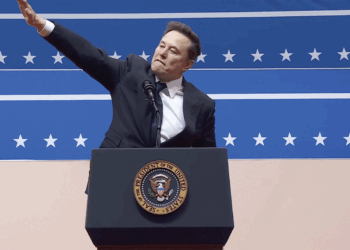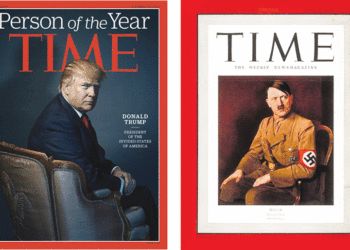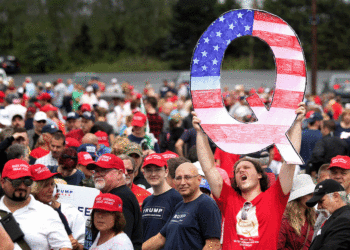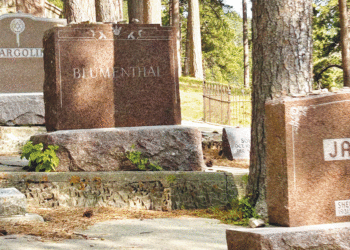This week, Jews everywhere are observing the festival of Sukkot. We are commanded to live in little huts. The sukka’s thatched roof should allow the sun and the stars to shine through. Taking meals, or sleeping, in the sukka evokes the wandering of the Israelites through the wilderness, and it is a metaphor for the impermanence of this life.
Many generations ago, before the European settlement of North America, the inhabitants of this land lived in something like sukkas. They were called tipis and wigwams. These days we rarely consider how the American Indians survived without access to supermarkets. Forget the iPhones and other networked gizmos, the Indians created a lifeway based on the cycles of the season, and expressed thanks daily for the bounty of the natural world.
That all changed with the coming of the White Man, as they say, who had a particular talent for subduing the natural world. Messing things up, in the name of progress. So, we’ve come a long way, to the point where anthropogenic climate change threatens to make the planet mainly uninhabitable within a century.
We generally don’t want to think about these dire global issues. However, government leaders better start implementing some solutions pretty quickly. Perhaps a groundswell of sustained popular protest, along the lines of the recent People’s Climate March in New York and other cities around the world, will move governments to make changes.
But I would like to return to a theme expressed in an editorial last year. (People tend to forget stuff, so it is necessary to restate certain issues from time to time.)
In my Oct. 25, 2013, editorial, titled “Change the name,” I wrote about the demeaning use of “American Indian names, mascots and symbols by professional sports teams.”
I noted that the long-running controversy had “flared up again, big time, in regard to the Washington NFL franchise. Daniel Snyder, the Jewish billionaire who owns the team, addressed the issue in an Oct. 9 letter to fans. The team ‘was, and continues to be, a badge of honor,’ according to Snyder. ‘Washington Redskins is more than a name we have called our football team for over eight decades. It is a symbol of everything we stand for: strength, courage, pride, and respect — the same values we know guide Native Americans and which are embedded throughout their rich history as the original Americans.’”
And I pointed out, last year:
The problem is that many American Indians, real people who live on rural reservations and in urban areas, see the use of Indian names and symbols in the service of sports entertainment as demeaning. As a non-Indian who has been writing about American Indian issues — including the Indian sports mascots and symbols topic — for nearly 35 years, I know that many self-aware and educated Indians do not feel honored by these teams appropriating Indian names and images — Braves, Indians, Chiefs, Blackhawks, etc. With the use of these names comes ancillary fan behavior — faux-Indian chanting, the “tomahawk chop,” turkey feather headdresses, etc. — that real Indians find grossly offensive.
(Can Jewish World readers imagine a football team called the New Jersey Hebes, employing a cartoon image of a Hasidic rabbi, and with a puppet-head mascot, in a shtreimel, frock coat, with payes and tzitzit, cavorting along the sidelines? Would the ADL allow this for five seconds? And I would point out that some of the Indian cartoon images used in professional sports — notably the Cleveland Indians’ Chief Wahoo character — bring to mind the anti-Semitic caricatures that were a feature of the Nazi rag, Der Stürmer, in which Jews were depicted as rat-like, grotesquely misshapen characters.)
So, who is being honored here?
In addition to my job as editor and publisher of the American Jewish World, I’m a columnist for the monthly American Indian newspaper in Minneapolis, The Circle. My October column focused on the protest that is in the works for Nov. 2, when the Minnesota Vikings host the Washington football team. The game will be played at TCF Bank Stadium on the University of Minnesota campus.
As I mentioned in The Circle, I’ve been writing about the appropriation of American Indian names and religious symbols by pro sports teams for more than 20 years. The issue gained a heightened profile in 1991, when the Minnesota Twins played the Atlanta Braves in the World Series. Preceding the first game at the Metrodome, the national TV broadcast featured a short segment about the controversy over the Atlanta franchise’s use of Indian names. You’ll recall that when games were played in Atlanta-Fulton County Stadium, the fans joined en masse in the “tomahawk chop,” which was accompanied by a faux-Indian musical dirge and drumming.
On the basis of videos you can find on YouTube, the Atlanta MLB franchise still encourages its fans to do the tomahawk chop shtick. This is the team that had a mascot dubbed Chief Noc-A-Homa. The tradition started in Milwaukee, and continued when the franchise moved from Milwaukee to Atlanta, in 1966.
According to a story on the ESPN Web site: “Before each home game, Chief Noc-A-Homa, dressed in Native American costume, would do a dance on the pitcher’s mound and then head out to left field where he would watch the game from a tepee set on a platform in the bleachers. When a Braves player homered, he’d set off smoke signals and come out of the tepee to do a celebration dance.”
The Atlanta franchise ended its Chief Noc-A-Homa thing prior to the 1991 World Series; but professional sports franchises still cling to the mockery and denigration of American Indian culture. They get away with this disgusting behavior because Indians do not possess sufficient political power in the U.S. to put an end to these practices.
I encourage everyone to call up your favorite NFL team — also call Roger Goodell, the NFL commissioner, at 212-450-2000 — and object to the continued exploitation of American Indian culture and religious symbols for America’s fun and games.
You can learn more about this issue this month, when the University of Minnesota hosts a series of discussions and cultural events ahead of the Nov. 2 NFL game on campus. You can find details at: bit.ly/AIP-UofM.
The editors and staff of the American Jewish World wish all of our readers Chag Sameach.
— Mordecai Specktor / editor@ajwnews.com
(American Jewish World, 10.10.14)



















